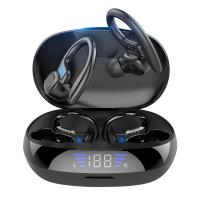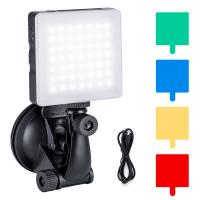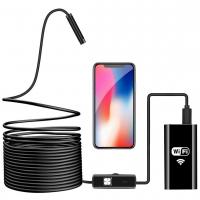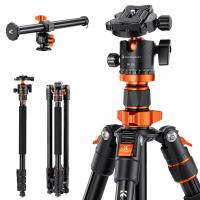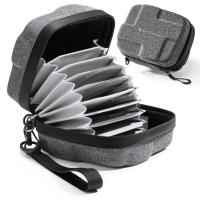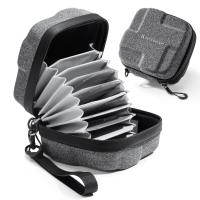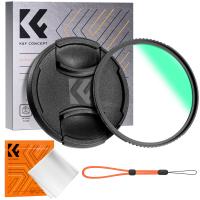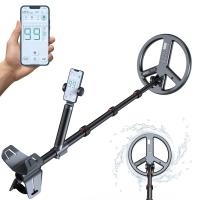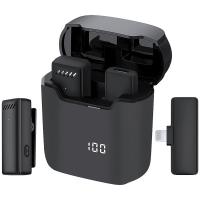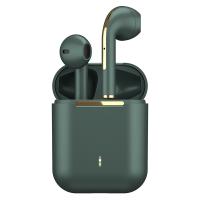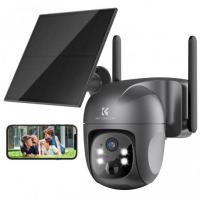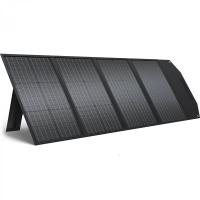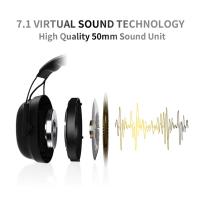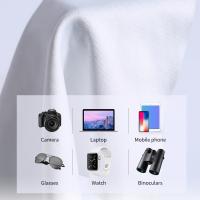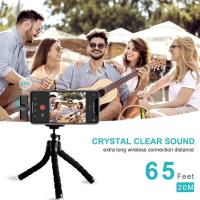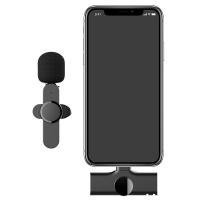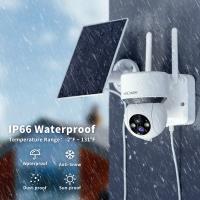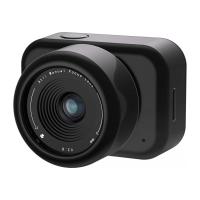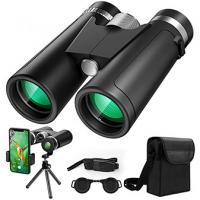How To Hook Up Computer Speakers?
In today's digital age, computers are essential for both work and entertainment, serving various functions such as streaming media, gaming, and video conferencing. However, the experience isn't complete without proper audio, making computer speakers a significant add-on for better sound quality. Whether you're a tech novice or someone who has just purchased a new set of speakers, understanding how to properly set them up can make a considerable difference. This guide aims to provide a comprehensive step-by-step process on how to hook up your computer speakers, ensuring an enhanced acoustic experience.
Firstly, it's essential to identify the type of speakers you have and their connection method. Generally, computer speakers connect through one of these methods: USB, Bluetooth, or 3.5mm audio jack. Each method has a different setup process, and identifying the connection type is crucial.
1. USB Speakers:
USB-powered speakers are straightforward to set up. They receive both power and audio signal via a USB connection. To set these up:
- Ensure Compatibility: First, check if your computer has available USB ports. Most modern computers will have multiple USB ports available, either USB-A or USB-C.
- Connect the USB: Plug the USB connector from the speakers into an available USB port on your computer.
- Software and Drivers: Some speakers may require you to install specific software or drivers. Typically, the computer will automatically detect the new hardware and prompt for any necessary installations.
- Set as Default Device: To ensure your computer uses the USB speakers for audio output, go to the sound settings on your computer and set the USB speakers as the default output device.
2. Bluetooth Speakers:
Bluetooth speakers provide the convenience of a wireless setup. They are ideal if you wish to reduce cable clutter.
- Activate Pairing Mode: Turn on your Bluetooth speakers and activate the pairing mode. The method to do this varies with each speaker model, so refer to the manual if in doubt.
- Enable Bluetooth on Computer: Ensure that Bluetooth is activated on your computer. Go to settings, and under Bluetooth & devices, switch on Bluetooth.
- Pair the Devices: In the Bluetooth settings menu, search for available devices. Select your speakers from the list and click on 'pair' or 'connect.'
- Set as Default: Once paired, ensure that the Bluetooth speakers are set as the default audio output device in your computer's sound settings.
3. 3.5mm Audio Jack Speakers:
Most traditional speakers use the 3.5mm audio jack. They do not require software installation but must be powered separately if they are active speakers.
- Locate the Audio Jack: Find the audio output jack on your computer. This port is typically green and may have a headphone symbol. On laptops, it might be neon pink or green.
- Plug in the Speakers: Connect the speaker cable into this port.
- Power the Speakers: If your speakers require an external power source, plug them into an electrical outlet.
- Check Sound Levels: Before playing media, ensure the speakers' volume is set to a moderate level to avoid startlingly loud sound.
Common Issues and Troubleshooting
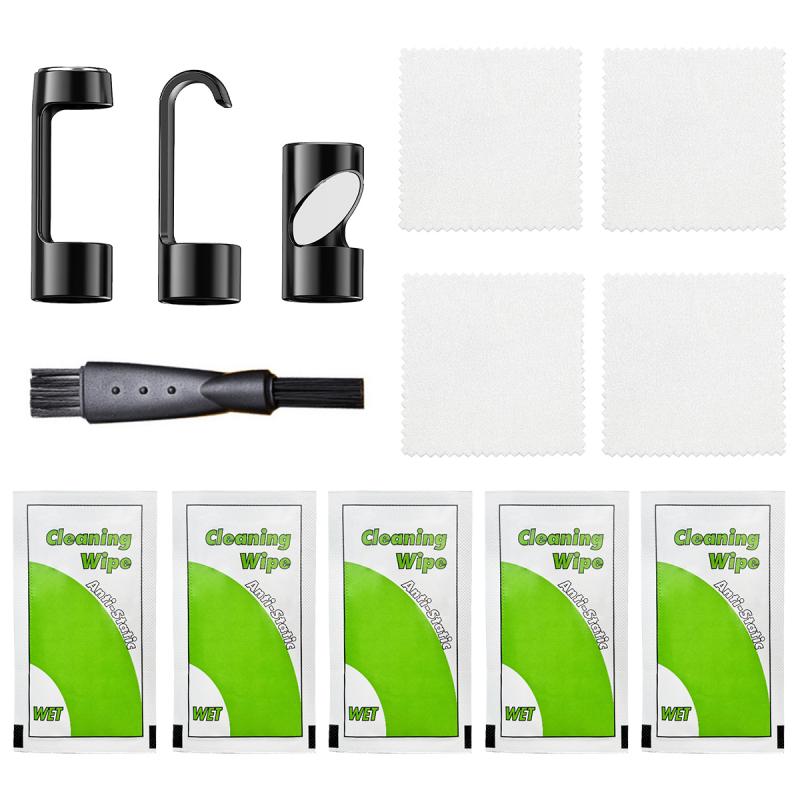
- No Sound: If there is no sound, check that the speakers are correctly connected, powered, and set as the default audio device. Verify the volume levels on both the speaker and the computer.
- Distorted Sound: Distorted sound can be due to incorrect audio settings or faulty hardware. Check the audio settings on your computer to ensure balance EQ and update any necessary drivers.
- Bluetooth Pairing Issues: Ensure that your Bluetooth is on and functioning by trying to connect another device. If this fails, restart both your computer and speaker, and try re-pairing.
Enhancing Audio Quality:
Once the basic setup is complete, you may want to enhance the sound quality further. Here are some tips:
- Positioning: Place your speakers on a solid surface at ear level for better sound projection. Avoid corners and dense surfaces that could distort sound.
- Software Enhancements: Utilize software enhancements on your computer, such as equalizers, to personalize audio settings according to your preference.
- Acoustic Environment: Consider the acoustics of your room. Soft furnishings like carpets and curtains can absorb sound, which might require you to adjust the volume or EQ settings.
- Speaker Maintenance: Regularly dust your speakers and check connections to ensure they function optimally.
Conclusion:
Setting up computer speakers, while often straightforward, requires attention to detail to achieve the best sound quality. By understanding the type of speakers, connections available, and addressing common issues, you can ensure a seamless audio experience. For many users, a proper understanding of speaker setup not only enhances the computer's performance but also enriches daily activities from work to entertainment. Investing a bit of time in setting up your speakers correctly can lead to significant improvements in sound clarity and enjoyment.
Remember, the pursuit of excellent audio enhances not just mere functions but the overall experience of using a computer in any domain, be it gaming, video conferencing, or enjoying a favorite movie. Armed with this knowledge, you're ready to enjoy richer, clearer audio from your computer speakers.




